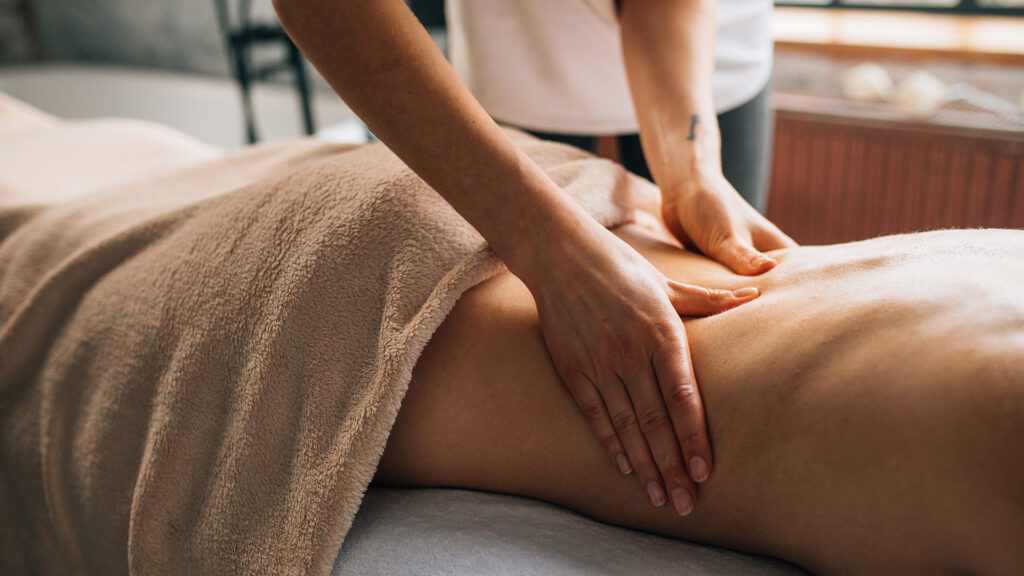
In the realm of alternative medicine and alternative healing methods, reflexology stands apart as a increasingly preferred and fascinating method. This ancient method, rooted in the idea that details points on the hands, ears, and feet represent various organs and systems of the body, has been gaining grip in the Western globe as a complementary treatment for different health and wellness issues.
Understanding the Foundations of Reflexology Reflexology is based upon the concept that there are response locations in the feet and hands that are linked to all parts of the body. Professionals believe that using stress to these particular points can advertise wellness in the matching body organs through energy pathways. While the precise mechanisms are not completely understood by modern science, lots of individuals report significant advantages from reflexology sessions.
The concept behind reflexology recommends that the body is separated into 10 upright zones, each matching to fingers and toes. By applying pressure to certain factors within these areas, reflexologists intend to release obstructed power and promote recovery.
The Historical Journey of Reflexology The origins of reflexology can be traced back thousands of years. Modern-day reflexology as we know it today was developed in the very early 20th century by Dr. William Fitzgerald and later on refined by Eunice Ingham, usually referred to as the “mom of reflexology.”
The Reflexology Process: What to Expect A typical reflexology session starts with a consultation where the expert talks about the customer’s wellness history and present issues. The customer after that eliminates their socks and footwear and rests comfortably or relaxes. Utilizing their hands, fingers, and in some cases tiny tools, the reflexologist applies varying degrees of pressure to specific points on the ears, hands, or feet.
The session usually lasts in between 30 to 60 minutes, during which customers often report sensation deeply loosened up. Some individuals experience feelings in other components of their body as various points are boosted, which reflexologists take energy moving via the body.
Possible Benefits of Reflexology While scientific research study on reflexology is ongoing, lots of people report a series of benefits from regular sessions. These might consist of:
Decreased stress and anxiety Improved blood circulation Enhanced rest top quality Relief from migraines and headaches Alleviation of digestion problems Boosted power levels Support for hormone balance It’s essential to note that reflexology is generally taken into consideration a complementary treatment and ought to not change conventional clinical treatments. Nonetheless, numerous locate it an important enhancement to their overall health regimen.
Reflexology in Modern Healthcare As rate of interest in holistic wellness methods grows, reflexology is discovering its location in numerous healthcare setups. Some medical facilities currently supply reflexology as part of their integrative medicine programs, specifically for people handling persistent pain, cancer-related symptoms, or anxiety. Many health spas and health facilities likewise include reflexology in their solution offerings, acknowledging its capacity for stress relief and leisure.
Research published in the Journal of Traditional and Complementary Medicine suggests that reflexology might work in minimizing discomfort and enhancing leisure, making it an encouraging complementary treatment for various conditions.
DIY Reflexology: Self-Care in the house While expert sessions can be beneficial, some basic reflexology strategies can be practiced in your home. Straightforward foot rolls utilizing a tennis ball or reflexology tools can assist stimulate points on the feet. Lots of people locate this an enjoyable way to relax at the end of the day or to minimize foot discomfort from representing extended periods.
The Future of Reflexology As extra research is conducted, reflexology may obtain additional acknowledgment in the medical community. Current research studies are exploring its possible applications in discomfort monitoring, anxiousness reduction, and even as an encouraging therapy for individuals undergoing cancer therapy. The non-invasive nature of reflexology, combined with its prospective to promote leisure and total wellness, makes it an attractive choice for those seeking natural approaches to health upkeep.
Whether considered as a science-based treatment or a holistic art form, reflexology provides an unique method to understanding and supporting the body’s natural recovery processes. As we proceed to discover the complex links in between various components of our body, methods like reflexology advise us of the power of touch and the capacity for healing that lies within our own hands and feet.
Recognizing the Foundations of Reflexology Reflexology is based on the concept that there are reflex locations in the feet and hands that are linked to all parts of the body. Modern-day reflexology as we recognize it today was established in the early 20th century by Dr. William Fitzgerald and later improved by Eunice Ingham, usually referred to as the “mother of reflexology.”
秋葉原 : What to Expect A normal reflexology session begins with an examination where the practitioner discusses the client’s health background and existing issues. Reflexology in Modern Healthcare As interest in alternative health and wellness techniques grows, reflexology is finding its area in numerous healthcare settings. Do It Yourself Reflexology: Self-Care at Home While professional sessions can be useful, some basic reflexology methods can be practiced at home.
19 October, 2024
0 Comments
1 category
Category: Uncategorized